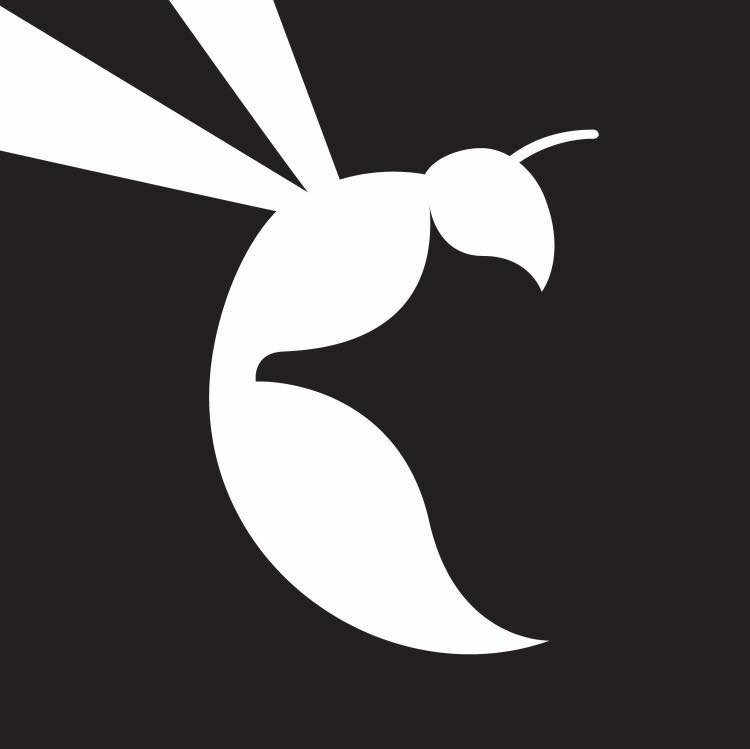Your donation will support the student journalists of Sacramento State University. Your contribution will allow us to purchase equipment and cover our annual website hosting costs.
April 26, 2020
An important part of being healthy under the shelter-at-home order is eating healthy. There are several ways you can do this:
Use portion control
Nancy Hamler, a nutrition professor and emergency room physician assistant, gave tips on how to maintain a nutritious diet at home.
Hamler said the industry used to teach the food pyramid 10 years ago, but now nutritionists teach the healthy plate because it’s easier for people to visualize how they should eat.
“The general message of the My Plate is that when you have a plate in front of you for any meal, half of that plate should be fruits and vegetables, a quarter of a plate should be some sort of starch and then a quarter of your plate should be some sort of protein source,” Hamler said. “It’s really about portion control.”
Stick to whole foods
Stephanie Plessas, a kinesiology major at Sac State, has been a trainer for three years and says whole foods are important for a balanced meal.
“Space it out every three to four hours, three meals a day and two snacks is probably fine for the average person,” Plessas said. “It does depend on your activity levels and we’re in quarantine so we’re moving less, so just limit the processed foods. The trick is to stick with whole foods, meaning anything that comes from the earth.”
Plessas suggested eating foods such as lean cut meat like chicken breast, lean ground beef, ground turkey, salmon with seasonings and less than 10 grams of sugar a day to start off. Her whole foods suggestions included potatoes, mixed vegetables, beans, hummus, carrots, peppers, oatmeal, celery, raisins, dried fruit, nuts, seeds, lentils, eggs, brown rice, quinoa, salad, avocado, almonds, broccoli and spinach.
RELATED: Sacramento’s Midtown Farmers Market still open despite coronavirus outbreak
Nutrient-filled snacks should be your go-to
To satisfy dreaded cravings throughout the day, Plessas proposed peanut butter, Greek yogurt, granola and protein bars.
“Keep those micronutrients, which are going to be vitamins and minerals that your body needs,” Plessas said. “I love curry so I think a lot of stir fries, like tofu, rice, carrots, potatoes, zucchini and like a simmer sauce.”
Recognize eating habits
Hamler warned that an increase in boredom, fear and anxiety can lead to an increase in food consumption.
“That can be tricky, spending some time recognizing the feelings and behaviors and then actively working against overconsuming by being mindful of it and then putting measures into place that can prevent you from falling into those traps,” Hamler said.
“For instance, next time you go grocery shopping you may want to not buy those unhealthy things and put them into your house so you’re less likely to consume it,” Hamler said.
Don’t mistake thirst for hunger
“Our brains have a much harder time distinguishing between hunger and thirst. You may be thirsty, but your body kind of tricks you into that feeling that you’re hungry and so you go into the kitchen and instead of grabbing a glass of water or unsweetened tea or whatnot, you grab for those chips or cookies,” Hamler said. “So next time you fall into that trap, try to get a glass of something to drink and see if that was the trick.”
Don’t try a diet, try a lifestyle change
“Diets don’t work. What works is a lifestyle change. So when people want to either lose weight or want to be healthier or even want to maintain weight, they really should ask themselves the question of ‘can I do this forever and ever?’,” Hamler said.
She added that the best approach for people is to eat a balanced diet and exercise more.
Hamler also said that many fat diets can leave you at risk for developing deficiencies and can even alter your immune system.
“I can tell you plenty of instances where I had people in the emergency room that came in on a keto diet for instance, and they went into kidney failure because they are eating large amounts of protein and now their kidneys can’t keep up,” Hamler said.
Utilize food resources available to students
Students struggling with food insecurity can access healthy ingredients though the ASI Food Pantry.
“Students should definitely utilize the ASI Food Pantry, CARES program and Financial Wellness program,” said Elizabeth Villalobos, an ASI Food Bank coordinator via email.
Villalobos also recommended students utilize Sac State’s basic needs website as well as local food banks and food distribution centers.
